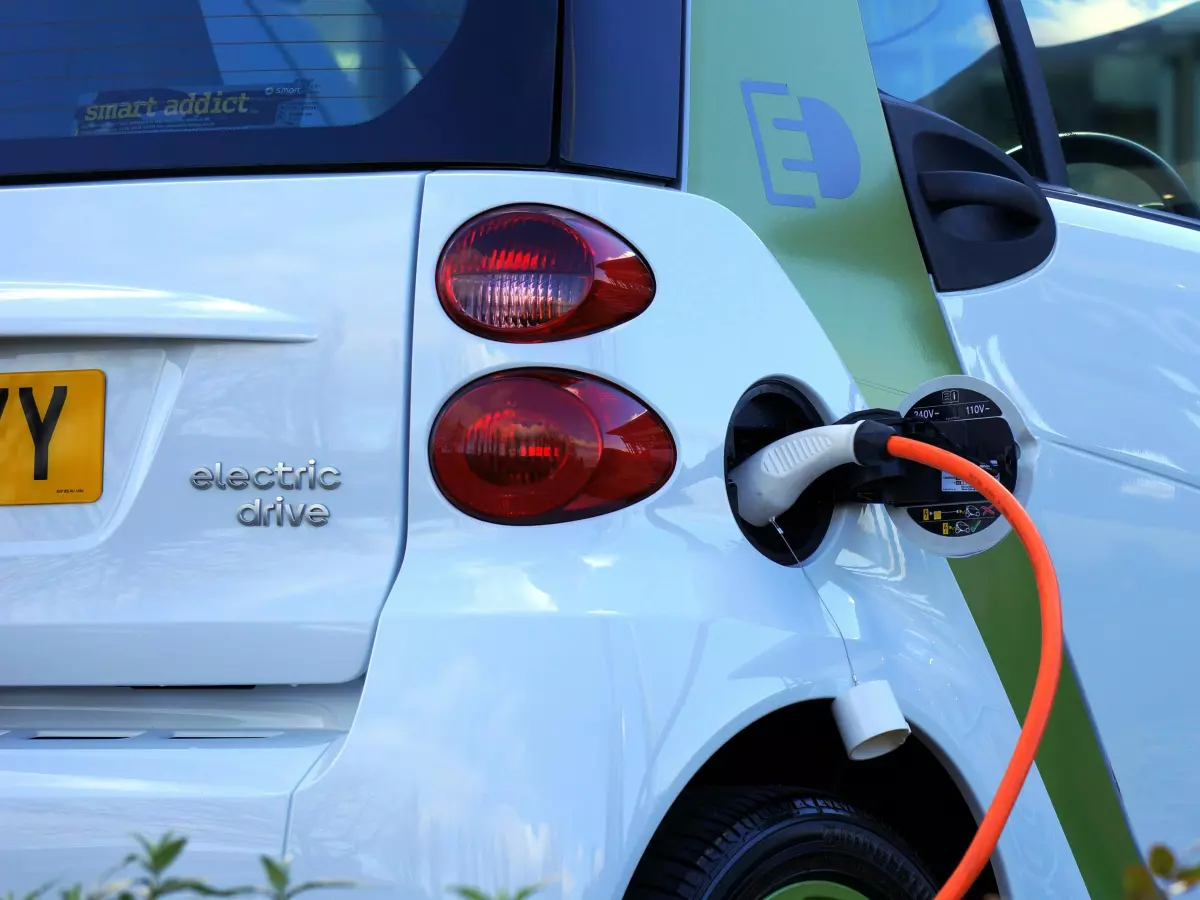Predicting the Future
Imagine your EV's battery software as a fortune teller, peering into the future to warn you of potential issues before they even happen. Sounds like magic, right? Well, it's not magic—it's cutting-edge technology that’s reshaping the way we think about vehicle maintenance and reliability.

By James Sullivan
In the world of electric vehicles (EVs), battery technology has always been the star of the show. But as the industry matures, we're starting to see the rise of another unsung hero: the software that manages those batteries. While most of us think of software as something that controls infotainment systems or navigation, the software that governs your EV's battery is a whole different beast. It's not just there to make sure your battery charges properly—it's also designed to predict failures before they happen.
Yes, you read that right. Your EV's battery software is essentially a crystal ball for your car, using advanced algorithms and machine learning to detect patterns that could indicate an impending failure. This is a game-changer for EV owners, as it means fewer unexpected breakdowns, less time spent at the repair shop, and a longer lifespan for your vehicle.
How Does It Work?
So, how exactly does this futuristic software work? It all comes down to data. Your EV is constantly collecting data from various sensors embedded in the battery pack. These sensors monitor everything from temperature and voltage to charging cycles and energy consumption. All of this data is then fed into the vehicle's battery management system (BMS), which uses complex algorithms to analyze it in real time.
But here’s where things get really interesting. The BMS doesn’t just look at the data in isolation—it compares it to historical data from other vehicles, as well as predictive models that have been trained on thousands of different scenarios. This allows the software to identify patterns that could indicate a potential failure, such as a sudden drop in voltage or an abnormal increase in temperature.
Once the software detects something out of the ordinary, it can alert the driver through the vehicle's dashboard or even send a notification to their smartphone. In some cases, the system may even recommend specific actions, such as reducing the vehicle's speed or scheduling a maintenance check.
Why Is This Important?
Now, you might be thinking, "Okay, cool, but why should I care?" Well, let me ask you this: Would you rather deal with a minor issue now or a major breakdown later? Predictive battery software gives you the power to address problems before they escalate, potentially saving you thousands of dollars in repair costs.
Think of it like going to the doctor for a regular check-up. You might not feel sick, but the doctor could spot something early on that, if left untreated, could turn into a serious health issue. The same principle applies to your EV's battery. By catching problems early, you can avoid more significant issues down the road, such as a complete battery failure or even a fire hazard.
And it’s not just about saving money. Predictive battery software also improves the overall safety and reliability of your vehicle. After all, no one wants to be stranded on the side of the road with a dead battery, especially if you're in the middle of nowhere. By giving you advanced warning of potential issues, this software ensures that your EV is always running at peak performance.
The Role of Machine Learning
One of the key technologies behind predictive battery software is machine learning. In simple terms, machine learning is a type of artificial intelligence that allows computers to learn from data and make predictions based on that data. In the case of EVs, machine learning algorithms are used to analyze vast amounts of data from the battery and identify patterns that could indicate a potential failure.
But here’s the kicker: these algorithms get smarter over time. The more data they analyze, the better they become at predicting failures. This means that as more EVs hit the road and more data is collected, the software will become even more accurate at predicting potential issues.
In fact, some automakers are already using machine learning to create "digital twins" of their vehicles. A digital twin is essentially a virtual replica of your car that exists in the cloud. By analyzing data from the real-world vehicle, the digital twin can simulate different scenarios and predict how the car will perform under various conditions. This allows automakers to identify potential issues before they even occur in the real world.
What’s Next for EV Battery Software?
As impressive as predictive battery software is, we’re only scratching the surface of what’s possible. In the future, we could see even more advanced features, such as self-healing batteries that can repair themselves when a problem is detected. We could also see more integration between the battery software and other vehicle systems, such as the drivetrain and braking systems, to provide even more comprehensive predictive maintenance.
There’s also the potential for this technology to be used in other industries. For example, the same predictive algorithms that are used in EVs could be applied to renewable energy systems, such as solar panels and wind turbines, to predict when they might fail and schedule maintenance accordingly.
But for now, the focus is on making EVs more reliable and efficient. As battery technology continues to evolve, so too will the software that manages it. And that means a future where your car is not just a mode of transportation, but a smart, self-monitoring machine that can take care of itself.
Final Thoughts
So, there you have it. Predictive battery software is like having a crystal ball for your EV, giving you the power to see into the future and avoid potential issues before they become major problems. It’s a game-changing technology that’s making EVs safer, more reliable, and more cost-effective to own.
As we move towards a future where electric vehicles dominate the roads, this kind of predictive technology will only become more important. So next time you get behind the wheel of your EV, take a moment to appreciate the software working behind the scenes to keep you on the road and out of the repair shop.





